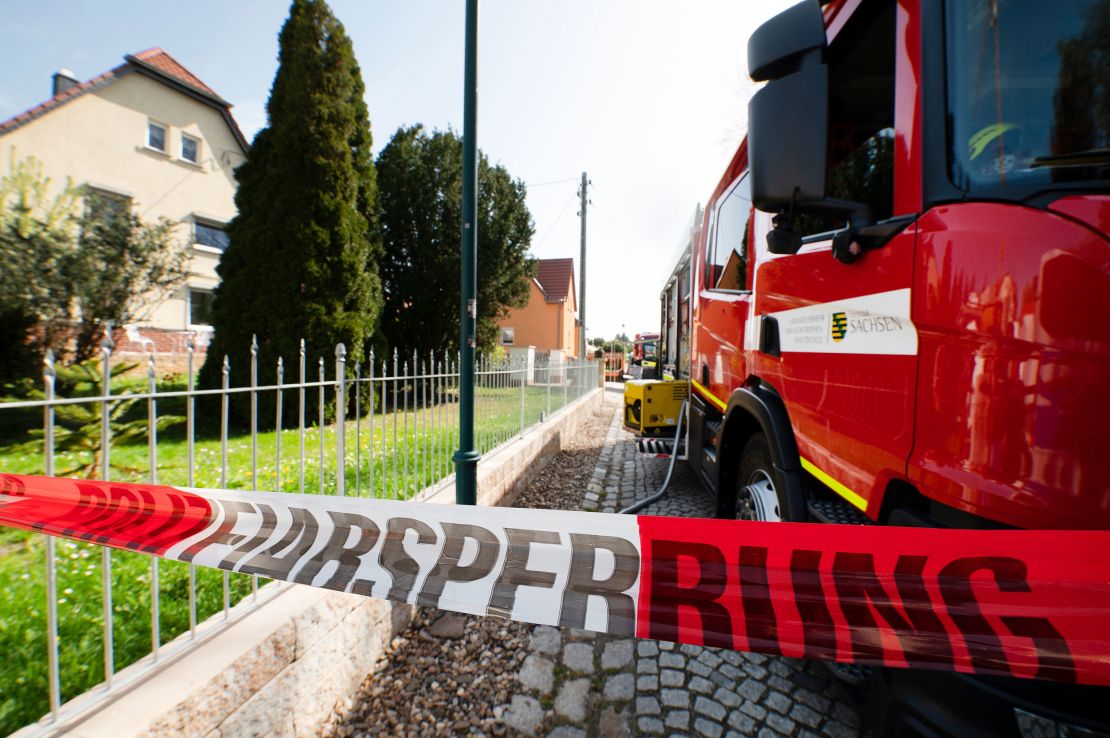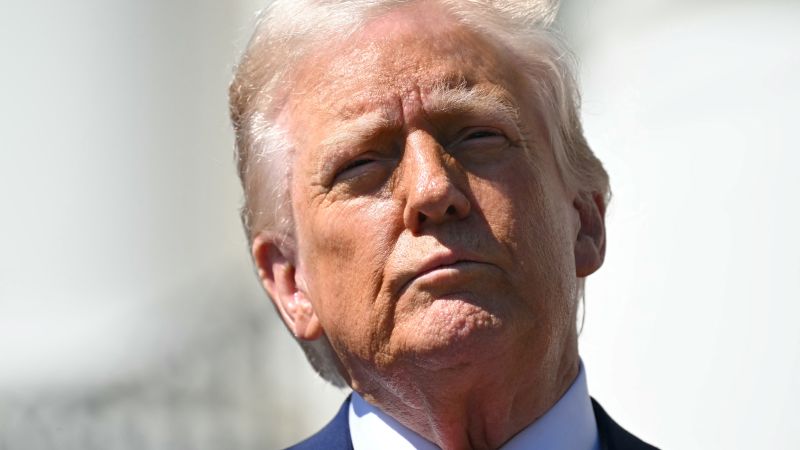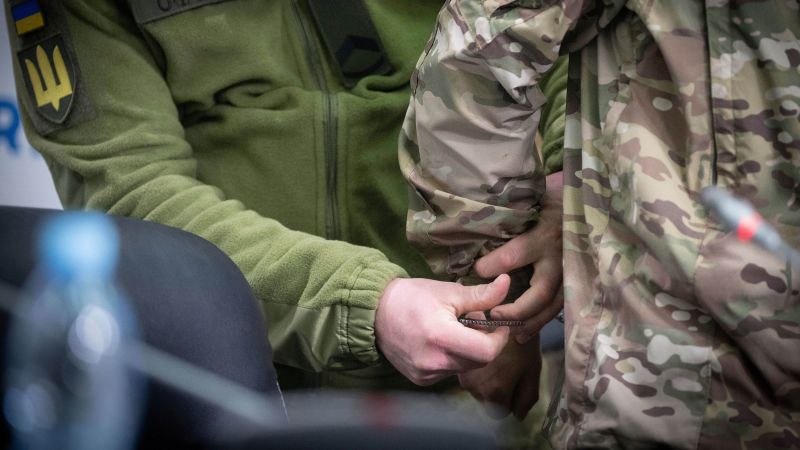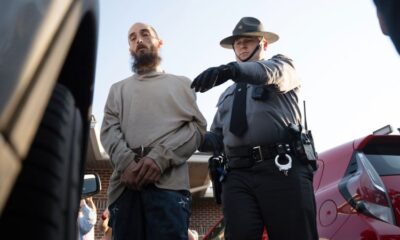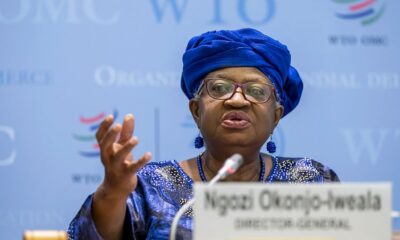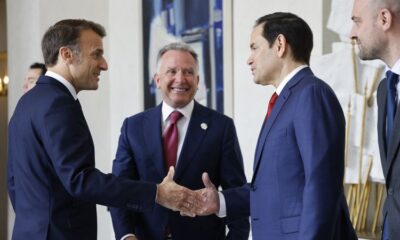CNN
—
Putting prisoners of war in front of reporters and news cameras is almost certainly a violation of international humanitarian law.
But Ukraine clearly felt any reputational damage it might suffer by doing so in a news conference this week would be outweighed by the fact that it featured two alleged captured fighters from China.
There was more value in giving them a platform to speak, the argument presumably ran, than protecting them “against insult and public curiosity” – something the International Committee of the Red Cross says includes protection from the media.
China has always claimed neutrality in Russia’s war on Ukraine and repeatedly tells its citizens not to get involved in foreign conflicts. All the same, as a key diplomatic and economic lifeline for Moscow, Beijing’s actions are watched closely in Kyiv.
Dressed in combat fatigues and answering questions in Mandarin, the POWs were watched over by armed Ukrainian security personnel, while a translator sat beside them.
The men – who CNN are not naming, nor identifying in any way – told how financial incentives played a key role in their stories.
One said he had been looking for a way to earn money after losing his job during the coronavirus pandemic. The prospect of 250,000 rubles (around $3,000) per month in Russia was more than double what he could expect to earn at home.
As someone with experience in medical rehabilitation, he said he told the recruiter he wanted to do the same with the Russian military. But when he got to Moscow, he was forced into training for a combat role.
Documents were only in Russian, which neither man said they understood. One said that he communicated mainly through hand signals.
CNN has seen a Russian military contract signed by a separate Chinese fighter which gives a possible indication of what the two POWs had agreed to.
The contract, which was shown to CNN by a Ukrainian intelligence source, is written in Russian. Lasting a year, it commits the volunteer, among other things, to “participate in combat, fulfill duties during the mobilization period… emergencies and martial law,” as well as take part in “activity to keep and restore international peace and security” and stopping “international terrorist activity outside the territory of the Russian Federation.”
Once they reached the battlefield, instruction there was also non-verbal. One of the men recounted the chaotic moments that lead up to their capture in the Donetsk region of eastern Ukraine.
“When we reached a forest, my captain told me, ‘Da, da, da’ (“Yes, yes, yes” in Russian), signaling me to start the attack. But I did not know where the target was. We passed many Russian positions, and I thought we were heading toward our own bunker. I thought he was joking, so I hid. Then I saw the captain of (another Russian unit) throw in a grenade, and suddenly there were (Ukrainian) drones everywhere.”
The men surrendered. They had been fighting for only three days.
Foreign fighters have been a part of this war – on both sides – since the beginning.
A list seen by CNN showing non-Russian POWs held by Ukraine as of the end of 2024 showed six Sri Lankan nationals, seven from Nepal, plus individuals from Somalia, Republic of Congo, Sierra Leone, Egypt and Syria, as well as about a dozen from former Soviet republics.
In January, Ukraine also captured two North Koreans, part of an estimated force of about 14,000 troops sent by Pyongyang to help Moscow’s war effort.
A source at Ukraine’s Defense Intelligence told CNN that Russia needed its foreign fighters because it was now locked into a war of attrition.
“It is unable to maintain the long front line with its own soldiers alone and is taking every opportunity to recruit whoever it can,” the source said.
Since the announcement of the Chinese men’s capture last week – which was followed by Ukraine declaring it had information on a further 155 Chinese citizens fighting for Russia – considerable interest has focused on how they were recruited and whether China’s government had played an active role in some way.
Certainly, Ukrainian President Volodymyr Zelensky did nothing to tamp down such speculation when asked by reporters whether he thought the presence of Chinese nationals in Ukraine was the result of official Beijing policy.
“I don’t have an answer to this question yet. The Security Service of Ukraine will work on it,” he said last week, adding, “We are not saying that someone gave any command, we do not have such information.”
But Zelensky went on to say that Kyiv believed that Beijing was aware of what was happening.
The POWs were at pains to indicate otherwise, both saying that they were acting as individuals, pointing to slick recruitment videos posted to TikTok as the source of their inspiration.
One such clip has been circulating on Chinese social media networks for more than a year and appears to have originally been created for a domestic Russian audience, with Chinese subtitles added later.
It shows what appear to be Russian soldiers training and dressed in combat fatigues in the field. “You’re a man, be a man,” it says in Russian, alongside Chinese subtitles, which also explain the payments on offer for signing up.
It is impossible to say if the subtitles were added by an official entity or by social media users, but one of the men said the videos resonated in China, where military prowess is highly prized, but opportunities for direct combat experience are rare.
Though Ukraine has hosted news conferences with POWs previously, including one involving combatants from Nepal and several African countries, its decision to platform its Chinese POWs is still unusual.
The timing is important.
It comes amid Kyiv’s attempts to get the upper hand in its battle with Moscow for the ear of US President Donald Trump, whose administration appears to be making little headway in its efforts to convince the Kremlin to agree to a full ceasefire.
Washington has also been heavily focused on China, which some in the White House see as the United States’ main global adversary, and which the administration has been hitting with progressively larger import tariffs.
From Zelensky’s perspective, there is a clear interest in amplifying anything that suggests China’s support for Russia might be more than diplomatic and economic.
But it might not just be the US that Ukraine’s leader is sending a message to.
Anders Puck Nielsen of the Royal Danish Defence College believes Kyiv is also anxious about recent European Union overtures to China, as the two economic powerhouses look for possible joint solutions in the face of Trump’s trade wars.
“Suddenly it seems there might be potential for the Europeans and the Chinese to find common ground on other questions as well,” Nielsen told CNN.
“It has clearly been a political move to really emphasize this aspect (of Chinese fighters in the Russian army),” he added.
Beijing certainly saw it like that.
“We urge the relevant parties concerned to correctly and soberly understand the role of China and to not release irresponsible remarks,” foreign ministry spokesman Lin Jian said, without mentioning names.
